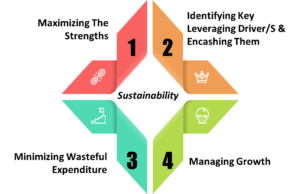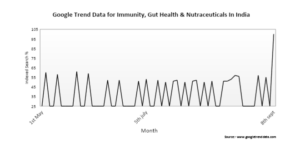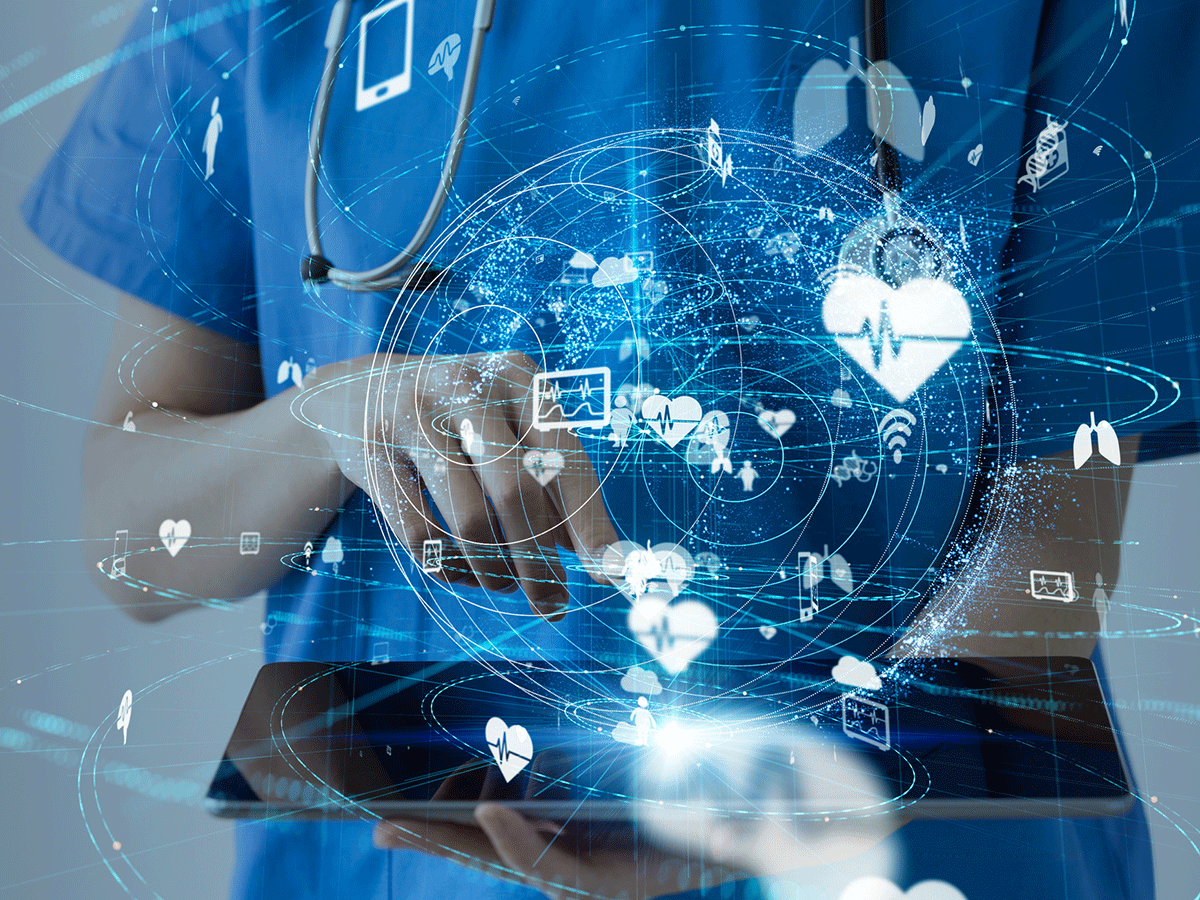Importance of Sustainability in the Corporate
COVID-19 has disrupted many business processes and few have been changed in last ten months. Now, it is time to stabilise and ensure that new systems and SOPs work for improving business.
Stability is one of the fulcrums and essential elements for sustainability.
To sustain in this environment, 4 pronged approach is essential:

Sustainability is important tool for the corporates for managing reputation & brands. It is extremely important to incorporate sustainability in wide range of a corporate like managing the internal operations, developing regulatory strategy, marketing of products & services as well as attracting & retaining talent. The reason companies incorporates sustainability strategies is basically to maintain and improve company’s reputation, strengthening positive competitiveness, leadership’s personal interest, meeting the expectations of distributors, retailers & others & helps in aligning with the business goals.
These engaged companies do more than others to communicate the programs that involve sustainability through various engagement activities like embedding sustainability data in communication with the investors. The companies should participate in sustainability rankings and/or indexes produced by financial-index companies information provides on socially responsible investing or media or PR firms. The companies should inculcate sustainability through its CSR activities. They can also publish a sustainability section in their corporate website for their external audiences.
Therefore, companies that proactively handle sustainability are far more likely to explore and uncover opportunities for value development. Communicating better with customers and other stakeholders may be a first step in achieving awareness and enhancing the effectiveness of sustainability activities. Companies where sustainability is a top item on the agenda of their CEOs are twice as likely as those to introduce sustainability into the management strategies of their firms. This indicates that senior management who wish to enjoy the advantages of implementing sustainability into the overall policies of their businesses must play an active role in the initiative.











